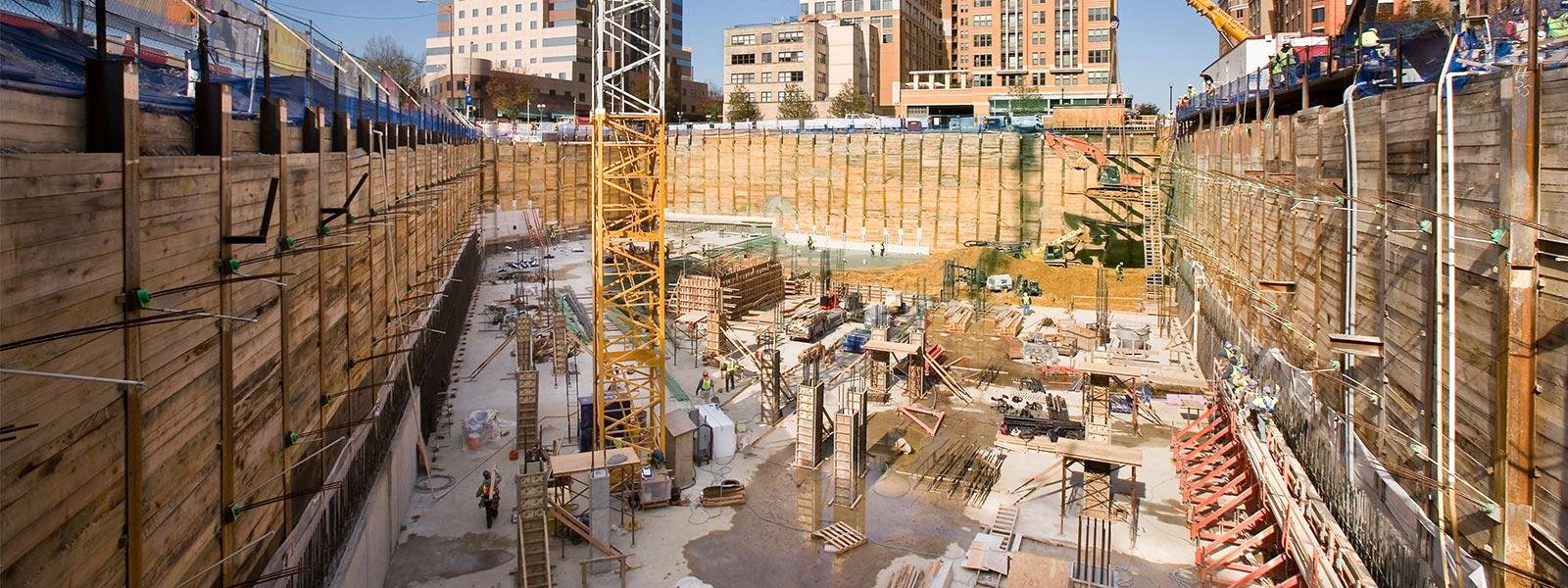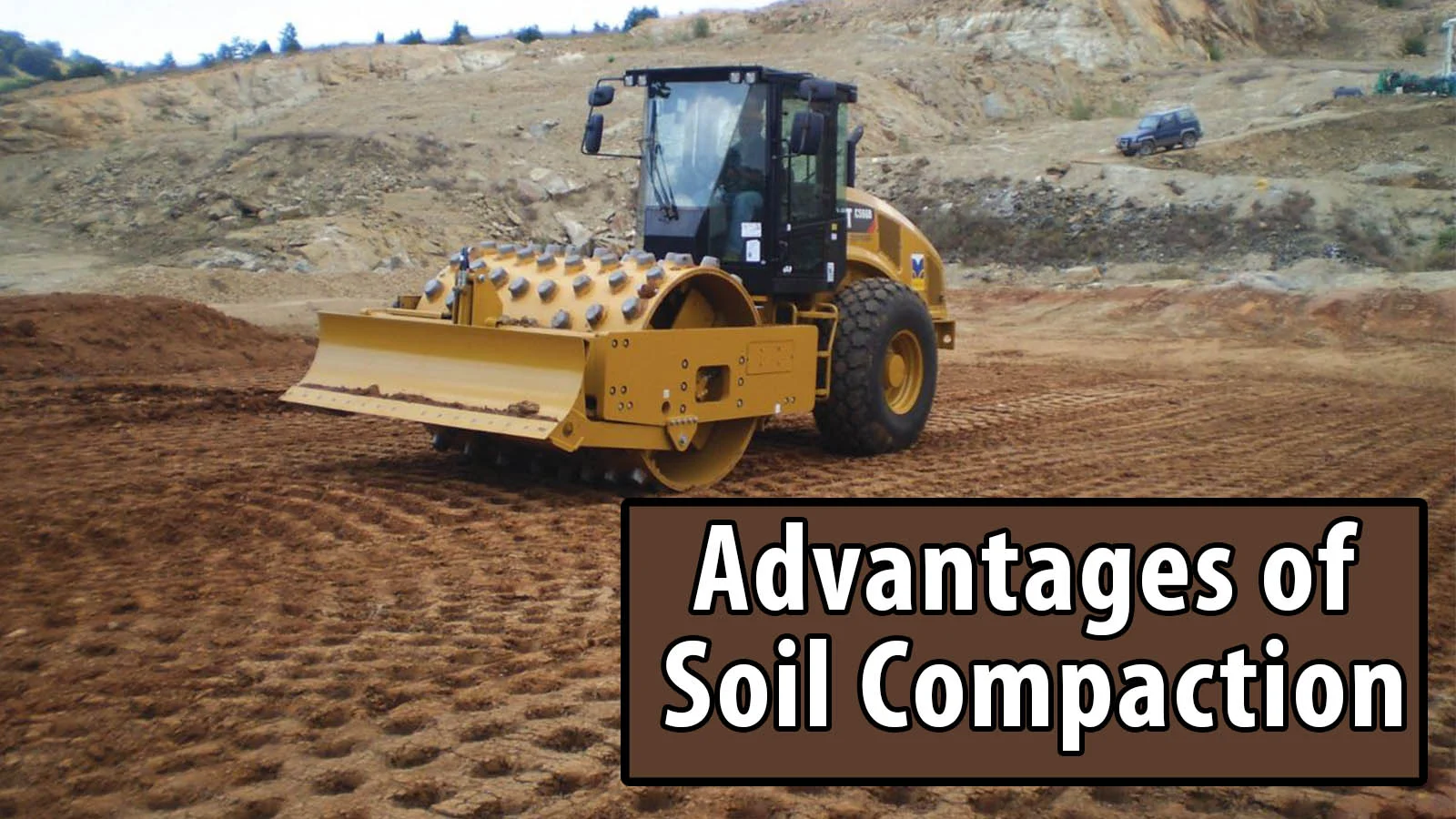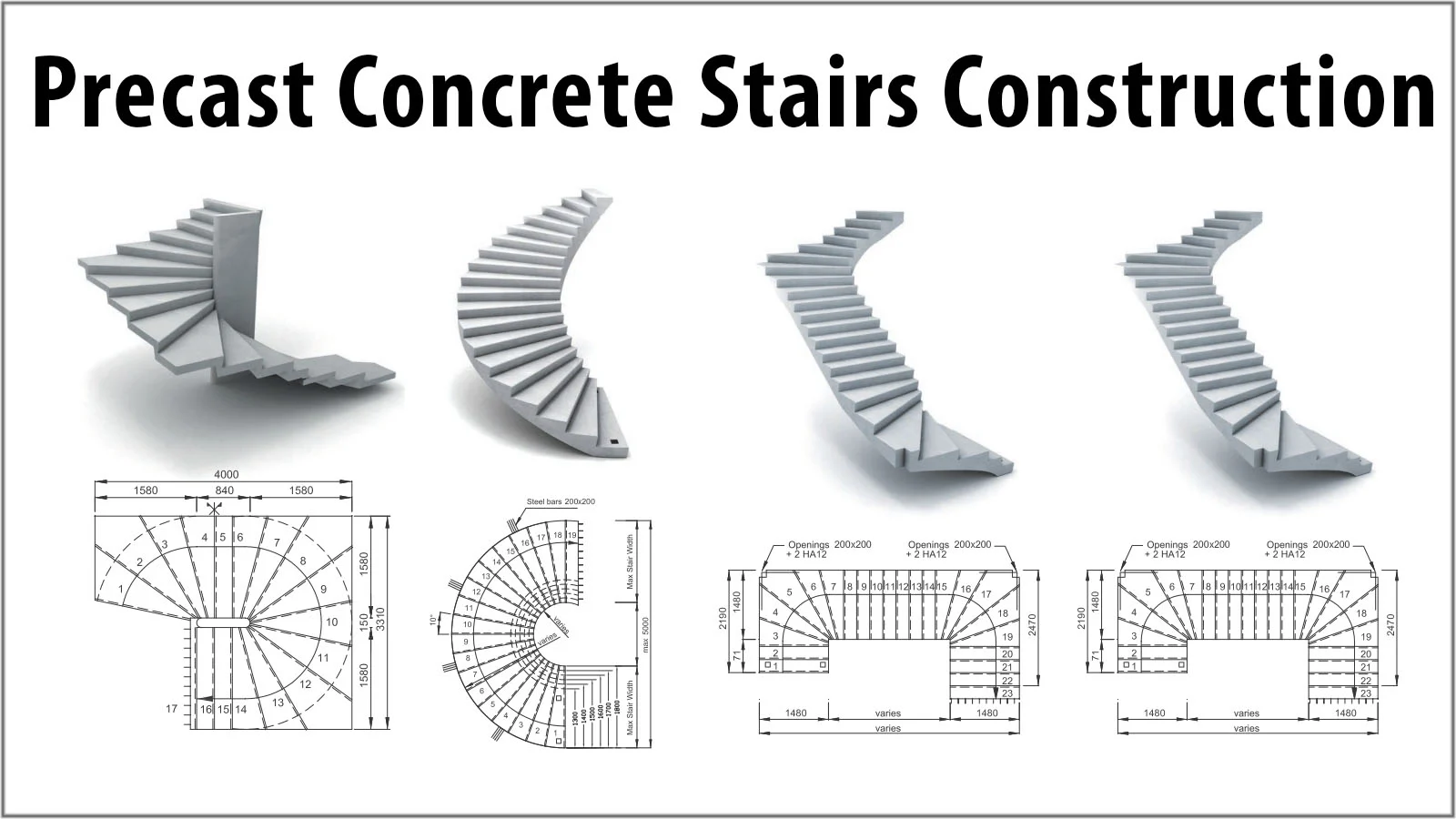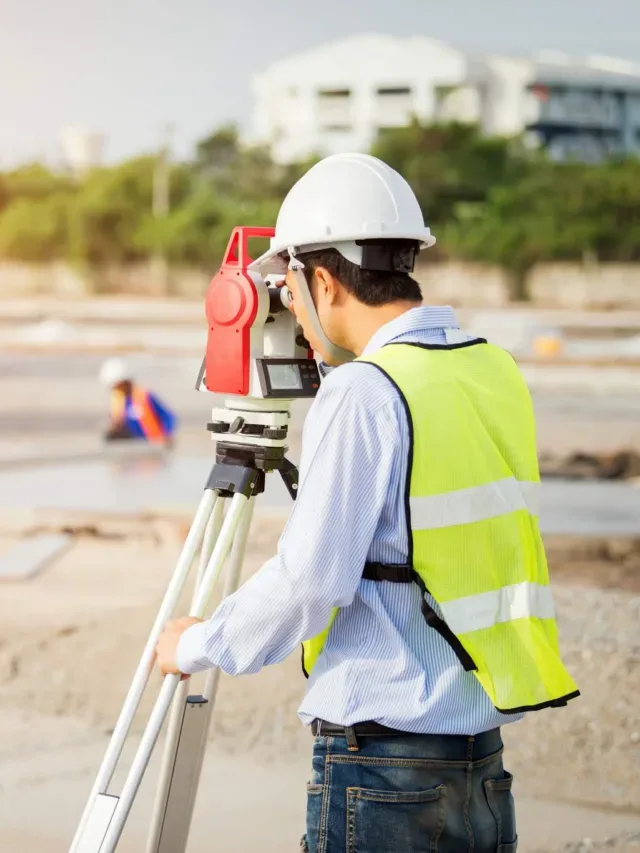Building Foundation

FOUNDATIONS
The foundations of the building transfer the weight of the building to the ground. While ‘foundation’ is a general word, normally, every building has a number of individual foundations, commonly called footings. Usually each column of the building will have its own footing.
Since the weight of the building rests on the soil (or rock), engineers have to study the properties of the soil very carefully to ensure that it can carry the loads imposed by the building. It is common for engineers to determine the safe bearing capacity of the soil after such study. As the name suggests, this is the amount of weight per unit area the soil can bear. For example, the safe bearing capacity(SBC) at a location could be 20 T/m2, or tonnes per square metre.
This capacity also changes at different depths of soil. In general, the deeper one digs, the greater the SBC, unless there are pockets of weak soil in the earth. To properly support a building, the soil must be very firm and strong. It is common for the soil near the surface of the earth to be loose and weak. If a building is rested on this soil, it will sink into the earth like a ship in water. Building contractors will usually dig until they reach very firm, strong, soil that cannot be dug up easily before constructing a foundation.
To study the properties of the soil before designing foundations, engineers will ask for a soil investigation to be done. A soil investigation engineer will drill a 4″ or 6″ hollow pipe into the ground, and will remove samples of the earth while doing so. He will then send these samples to a lab to find out the detailed properties of the soil at every depth. Soil is usually composed ofstrata, or different layers, each with its own set of properties. Drilling technology today makes it easy and economical to drill to great depths, easily several hundred metres or more, even in hard rock.
The soil investigation team will then prepare a soil investigation report that lists the engineering properties of the soil at regular intervals, say every 2 meters. Based on this deport, engineers designing the structure can decide at what depth of soil to provide the foundations, the type of foundations they should provide, and the size of the foundations.
Every once in a while, engineers will find fill at a site. This occurs when humans have previously dug up the earth there, and then filled it back in. This happens if a quarry was dug or a building built there previously. Since fill is loose and soft and cannot support weight, engineers will dig to a depth below that of the fill, where strong soil is found, and construct foundations there.









